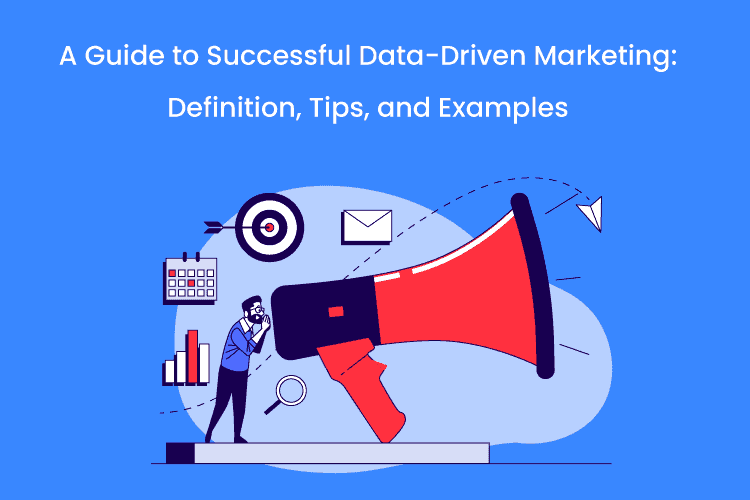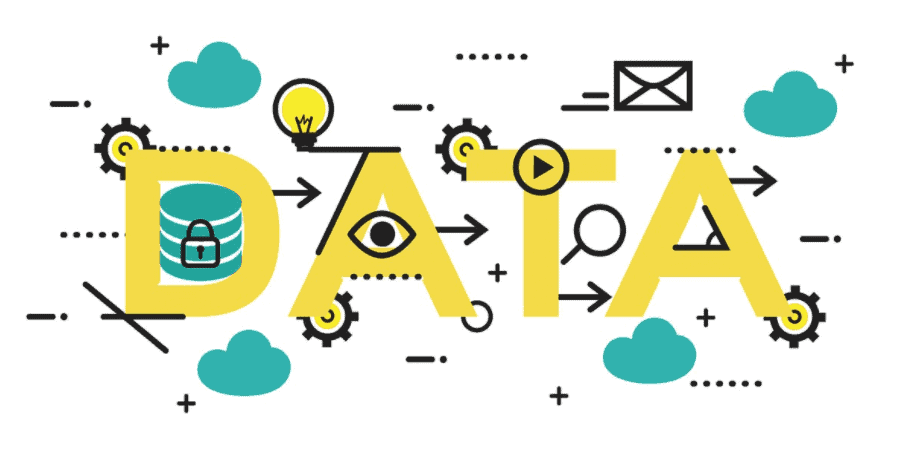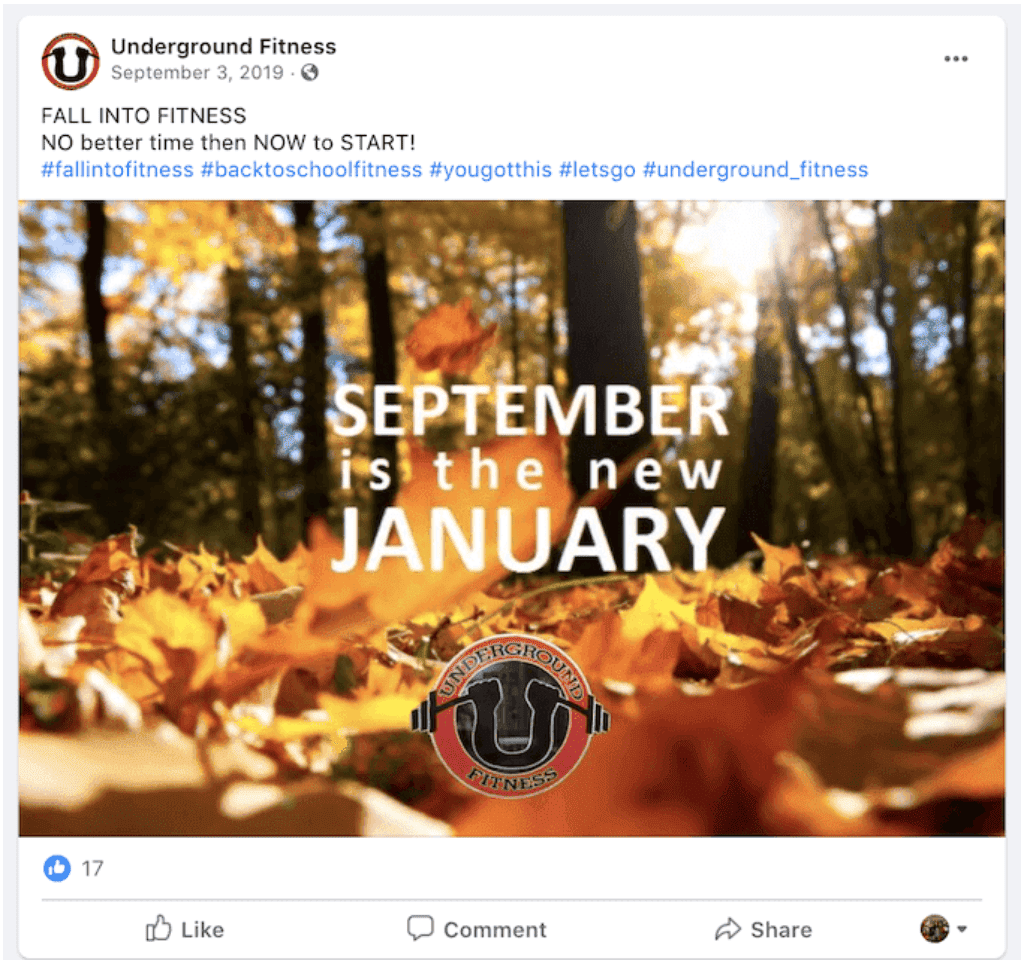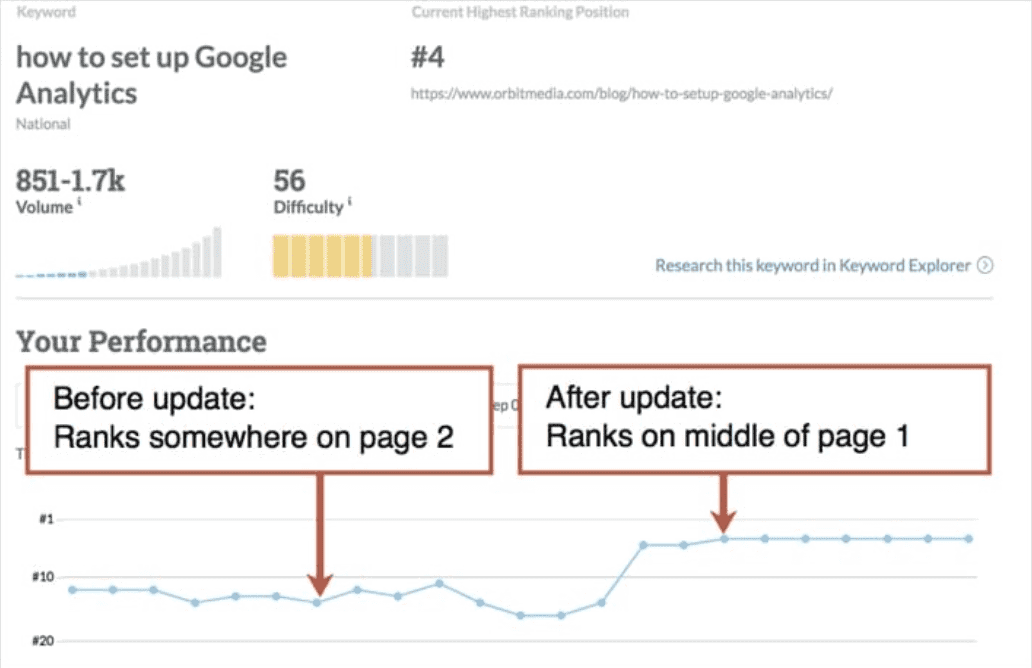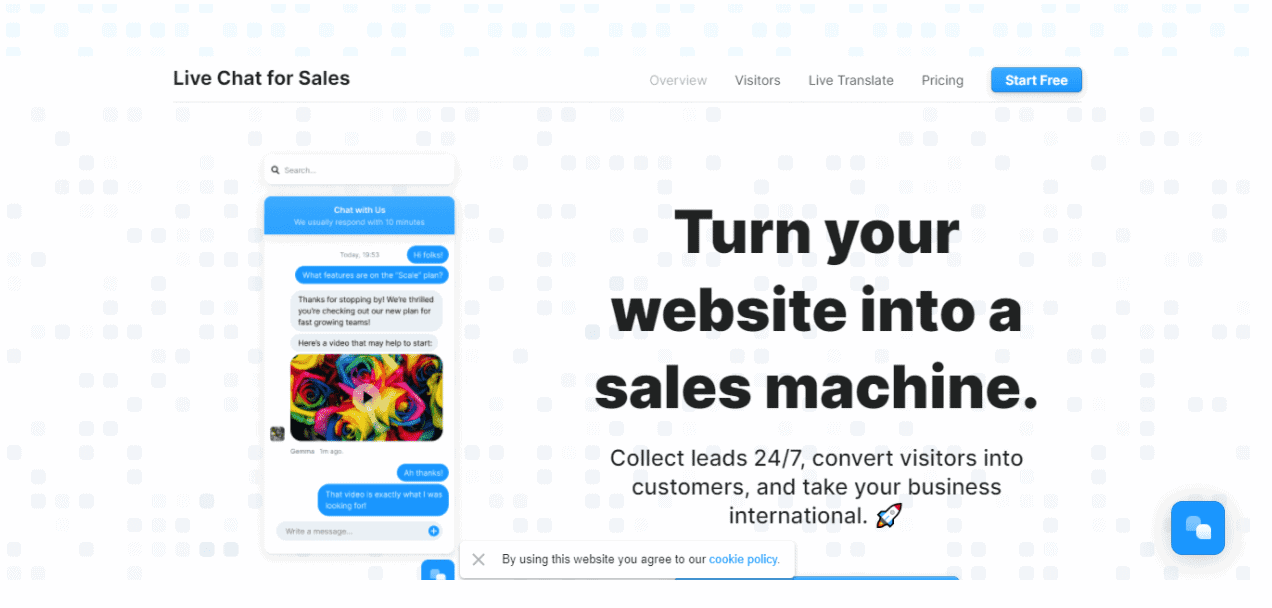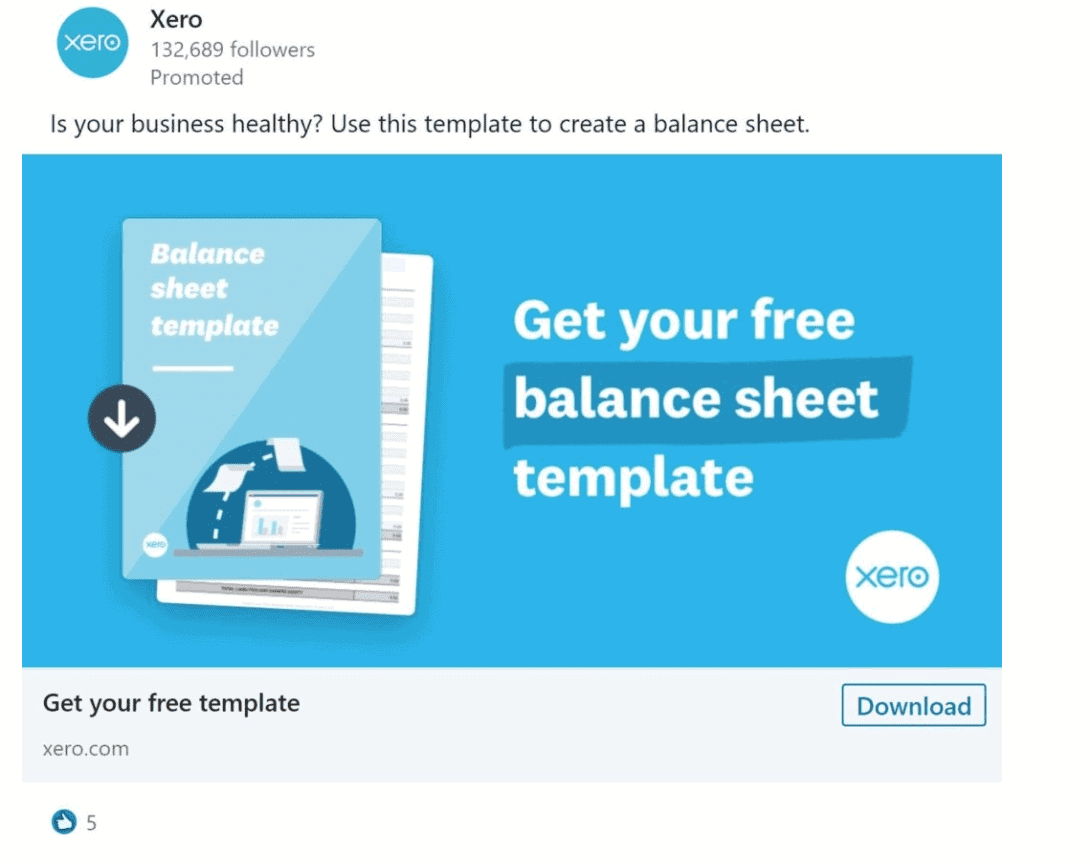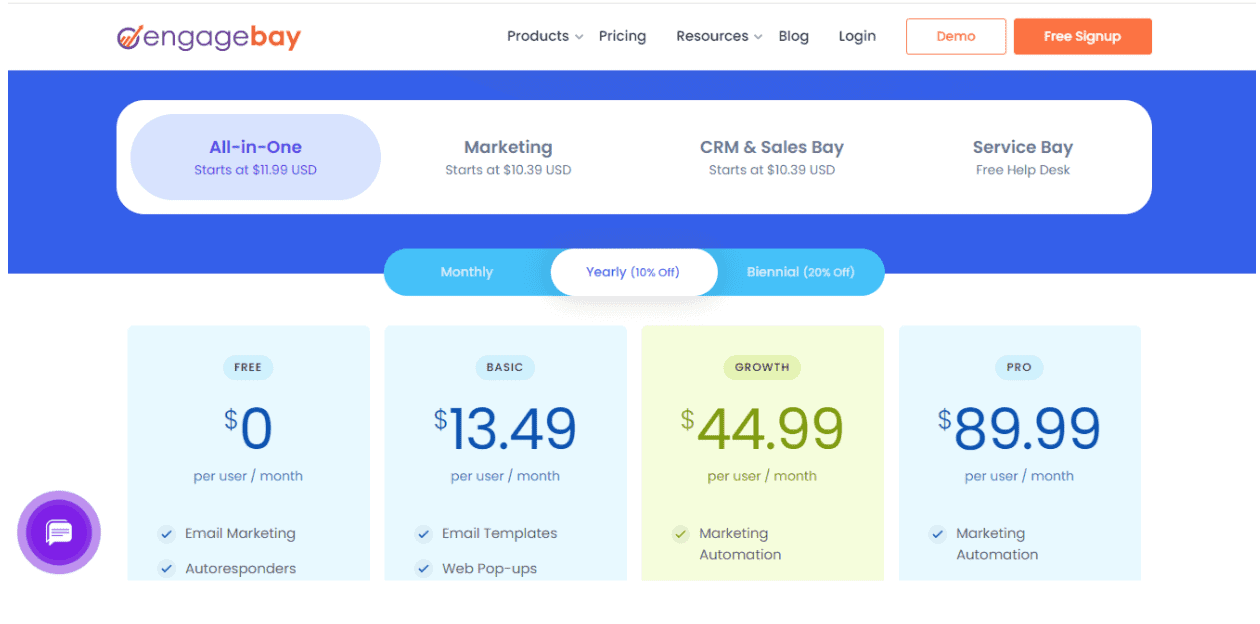In terms of digitalization, the retail industry witnessed a growth of more than 10 years between just March and August 2020. One in every five consumers tried new brands, while one in seven people experimented with different shopping channels.
But, companies have not been able to keep up with the changing trends in consumer behavior. Outdated technology and data modeling have failed to provide a better understanding of customers.
Truth be told, marketing has seen an unprecedented shift lately.
Businesses today rely on data-driven marketing to build personalized strategies for the highest possible ROI.
Simply put, companies that improve their content marketing can increase their customer acquisitions. Companies need to update their modeling to capture customer data better, and in turn, enhance customer experience.
In this blog post, we’ll delve deep into the topic of data-driven marketing and also share proven tips and examples to help you get started.
Table of Contents
What is Data-driven Marketing?
Data-driven marketing is so designed that it ensures companies put their primary focus on customers. It helps you place customer data front and center to ensure that all your sales and digital marketing strategies are relevant to your consumers.
So, why is data-driven marketing important?
A study revealed that 74% of all online customers disliked websites with content that does not match their interests. Besides, 50% of customers refuse to read or engage with any content that does not cater to their preferences.
To acquire a larger consumer base, digital marketing professionals need to redirect their marketing activities towards building a brand that is relevant to their target audience.
Read also: Master Customer Data: A Guide to Capturing, Analyzing, and Using Customer Insights
What Technology Can Help with Data-driven Marketing?
Luckily, many technology tools can help the modern marketer collect customer data and make brilliant digital marketing decisions.
#1. Email Marketing Tool

One of the best ways to implement successful data-driven marketing strategies is by leveraging the use of triggered emails.
Triggered emails are a series of automated emails that are sent to people based on the actions undertaken by them.
They help you save time by automatically sending out emails when an individual interacts with your product or take any pre-described actions.
Besides, marketing tools like EngageBay enables you to personalize your message while sending out automated emails. You can easily track and analyze the various triggers that convince people to buy your product.
These marketing data points help you better understand your target audience, study their behavioral patterns, and ultimately, help grow your business.
Read more: 13 Best Email Marketing Software to Grow Your Business
#2. Analytics Tool
Analytics tools help provide businesses with relevant information about the groups that have been targeted by their marketing campaigns.
For instance, with Google Analytics, you can easily keep track of your website activities – track the traffic number on your website, number of new visitors, the bounce rate on pages, etc.
Such tools help inform companies about consumer behavior and how they respond to different types of content.
An example of how analytical tools can help understand buyer persona is Netflix.
Netflix, an online streaming platform, effectively utilized its customer data to perform predictive analysis.
By analyzing more than 30 million plays in a day, along with over 3 million searches and 4 million subscriber ratings, Netflix was able to understand the content that would increase customer engagement.
This also helped the brand understand what movies or TV shows their subscribers would be most interested in watching.
Enhance Your Email Marketing
Want to make your emails more impactful? Check out our beautiful, easy-to-customize recruitment and marketing email templates. Designed to boost engagement, these templates from EngageBay will help your emails stand out. Just customize the images, headings, and CTAs for your brand, and hit send in a few minutes!
#3. Feedback and Survey Tool
Data analytics help organizations gain insights into employee performance and use data to implement more efficient strategies. A good example is Google.
Being a data-driven organization, Google’s people analytics division performed an in-depth data analysis of their employee performance reviews and feedback surveys, along with other sources of data, to understand how to improve leadership.
This data analysis helped Google build a list of qualities that employees valued in a manager and the company. Google also used the same data to further improve the manager performance of their poorest performing managers by 75%.

Read also: A Definitive Guide To Customer Data Analytics
#4. Campaign Management Tool
Campaign management tools help you create and design campaigns specific to different user types and achieve different goals. It also helps identify how effective the campaigns are at various points in time.
Campaign management can include sending personalized emails, updates, promotional offers, and reminders to your customers.
For instance, Domino’s Pizza introduced a loyalty program called ‘Points for Pies.’
The campaign was introduced for a limited period and helped consumers earn redeemable points for every pizza they scanned using the Domino’s Pizza app.
Read also: A Guide To Enhancing Customer Data Management
What are the Major Data-driven Marketing Activities?
For any business, the key goal is to increase revenue. Greater revenue can be achieved when an organization acquires more customers. Thus, it’s essential to master effective marketing and sales strategies to attract your customers and grow your business.
So, how can a business achieve these goals? By adopting a CRM tool.
CRM, also customer relationship management, is software that helps you automate sales and marketing-related tasks, generate and score leads, segment contacts, track sales performance, and so on.
Be it a small business or an established organization, everyone needs a CRM database.
With a CRM platform like EngageBay, you can keep easily track of every stage of the customer journey.
Moreover, a CRM database automatically updates any customer information and provides all the necessary information you need about your consumers.
Here are some of the methods to help you create a successful data-driven marketing strategy.
#1. Automate Your Tasks
Today, most organizations want a deep dive into Big Data.
However, it can be difficult to sift through Big Data and boil it down to customer data that’s relevant to your business.
To make the process of data collection and analysis easy, you can use data pipeline tools which help to move data from disparate sources to a central destination. Effective CRM implementation can help with marketing automation.
Read more: 9 Challenges of CRM Implementation & How to Dust Them Off
#2. Understand Your Target Audience
To create highly effective marketing campaigns, it is best to understand who your target audience is.
The smart marketer can do this by conducting market research and collecting information on demographic data that is related to given targets.
Furthermore, you can look into the kind of content your consumers interact with the most and what more they would like to see.
This will help you gain better knowledge of their buyer personae, their likes and dislikes, and what they hope to get out of your brand.
You can even boost your career credentials by obtaining a data engineering certificate, which validates your expertise in data systems.
#3. Monitor Your Campaigns
After implementing a marketing strategy, you should keep a track of the performance of all your social media and email campaigns.
It will help you understand where you are headed, and what more you can do to boost revenue and improve customer satisfaction.
#4. Keep Track of Competition
While executing data-driven marketing campaigns, we reckon you monitor your competitors closely.
Tracking the competition will help you understand what any other marketing team may be up to, and how you can use their strategies for your business.
Read also: Mastering Customer Data Integration: Process and Strategies
How Can a Data-driven Marketing Strategy be Implemented?
Now that you know what a data-driven marketing strategy is, it is time to understand how to implement it.
Here’s how you can implement a successful data-driven marketing strategy.
#1. Enhance Data Quality
Before executing a data-driven marketing strategy, it is important to understand the quality of your customer data and marketing data.
The problem with Big Data is too much data, and how much of that is quality data only you can tell.
You should know whether the data you have is consistent, whether it is relevant to your consumers, and whether or not it will help you create better marketing plans and boost growth.
#2. Use Inclusive Marketing
Inclusive marketing implies the adaptation of technologies and other methods to help underrepresented groups interact with your brand. As far as data-driven marketing is concerned, inclusive marketing indicates making your brand website accessible to people with disabilities and other difficulties.
#3. Implement Cross-Channel Marketing
Today, customers are using multiple channels to interact with brands. Be it in-person shopping or shopping through e-commerce platforms or social media, consumers use various ways to buy a product or service.
Hence, as a brand, you need to diversify as well. Be it creating blogs, YouTube videos, launching a podcast, or having an Instagram handle, brands need to look at different ways through which they can reach the maximum number of people.
#4. Create Personalized Marketing
Around 80% of people stated that they are more likely to purchase from a brand that provides a personalized experience.
As a company, you can make your customer experience more personalized by sending them emails that address their name and other demographic details like age.
You must also follow up regularly, and send customized product recommendations.
10 Examples of Data-driven Marketing
Let us now have a look at some of the best examples of data-driven marketing.
#1. Create Personalized Products and Services
One of the advantages of data-driven marketing is that it helps you build personalized relationships with your customers. Using data-driven marketing, you can gain insights into consumer preferences, their likes and dislikes, and the content they most interact with.
As a business, this will help you curate personalized marketing campaigns that resonate with people, in turn, boosting sales.
A good example is Cadbury’s personalized video campaign that interacted with customers regarding their personal tastes in chocolate. By gathering data from their Facebook profiles, Cadbury then matched a Dairy Milk flavor to their users.
As a result, Cadbury’s clickthrough rate increased to 65% while the conversion rate rose to 33.6%.
#2. Decide the Length and Timing of Your Promotions
Before deciding to execute a marketing campaign, you should know how long your promotions are going to be. This will help you determine the marketing activities you need to include, and when, where, and how to implement them.
For instance, brands that sell sportswear, equipment, and stationery aggressively promote their products right before educational institutes open.
In other words, brands need to find the peak time for product usage.
#3. Create Data-driven Content
Source
By using data-driven content, businesses can develop an instant connection with their customers. Although typically used in the B2B world, data-driven content can be successful in the B2C world as well.
Consumers want to know if other people like them are facing the same issues as them or have the same interests. By including statistics, brands can convince people about the authenticity of their product and how it can benefit them.
For instance, OkCupid, a popular online dating site, revealed some interesting customer behavior statistics.
Using the customer behavior data, OkCupid stated that almost 60% of its users would be willing to date someone who didn’t speak their language, while over 90% would be interested in learning a new language.
#4. Focus on Search Engine Optimization
Search engine optimization, or SEO, helps you gain an insight into the information your customers search for online.
As a result, you can understand the common keyphrases used by people to search for your product or service, and optimize your website accordingly.
For instance, the use of Google Analytics helped Orbit Media rank its pages higher in Google Search results.
They rewrote their blogs using the relevant keywords and keyphrases. This helped them become the top searched website.
#5. Expansion Into New Markets
With the advent of digital marketing, customers are not confined to a single region or territory.
With the right marketing analytics and research, you can understand where most of your customers are coming from, and undertake the necessary steps to expand your brand into new markets.
Look at Neil Patel’s digital marketing strategy. While looking to sell more info services, Neil Patel decided to research which markets to expand into.
He addressed the problem by looking into factors like where maximum website traffic was coming from, which markets have a high population, and which countries have a high GDP.
#6. Data-driven Website Chat
Source
Today, many companies use live chat for the first stage of customer interactions. A marketing channel like live chat can help businesses get in touch with customers instantly and resolve common queries easily.
However, not all those who interact via live chat are valuable to a company.
While this does not imply that businesses must ignore everyone who gets in touch through website chat, data-driven marketing can help segregate between important and unimportant customers, saving a lot of time and marketing effort.
For example, GoSquared uses live chat to help businesses understand who they are interacting with. The businesses can then decide whom to meet and whom to keep for later.
GoSquared’s customer Intuit added live chat to their site and soon saw a 211% increase in sales.
That’s huge, right?
#7. Run Retargeting Ad Campaigns
Source
Retargeting is considered to be among the best examples of data-driven marketing.
With retargeting, you can get in touch with inactive potential leads and understand why they did not purchase from your brand.
This will help you know how to market your product better, how to improve your customer service, and formulate other strategies in favor of your business with the help of data collected.
To understand better, Xero Accounting effectively uses retargeting ads to cater to visitors who spent a good amount of time on their website but didn’t take any action. They run retargeted ads to those specific visitors who didn’t sign up and give out free downloadable templates to them.
This helps Xero regain lost customers and build its consumer base.
#8. Understand How Pricing Works
Typically, companies determine their pricing model through random guesses or using anecdotal data.
But pricing plans can’t be calculated on guesswork. Instead, customer data should be used to calculate the price of all products and services.
Understand how much ROI you can manage per product, and most importantly, who your target audience is.
You must also figure out how much marketing spend you can afford and over what period of time.
If you’re targeting small businesses, you can’t have your prices on the higher end.
For instance, EngageBay’s pricing model caters to both small and large enterprises with its Free and Pro plans.
But if you look at HubSpot’s pricing, you can see that only large enterprises can afford it.
#9. Optimize Your Conversion Rate With A/B Testing
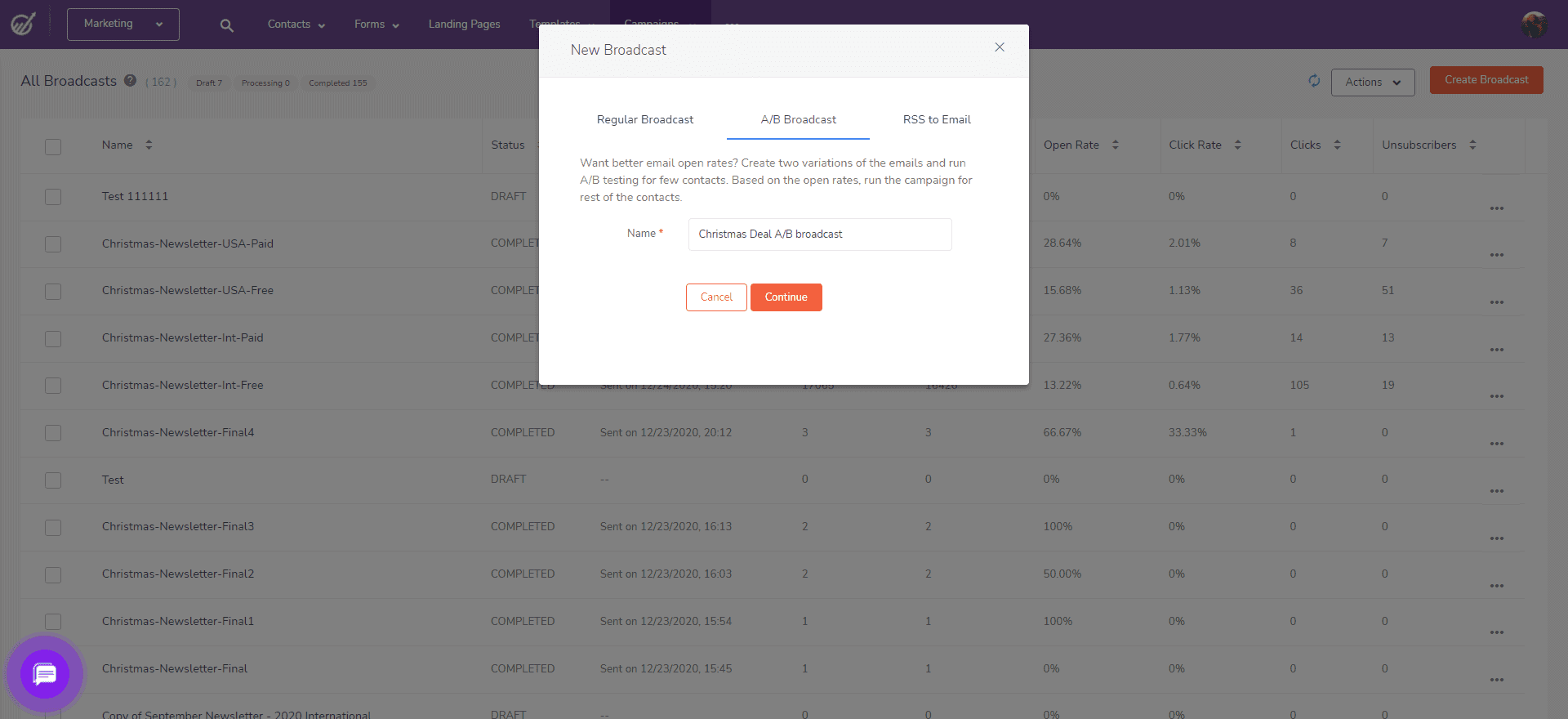
Conversion rate optimization is defined as the process of increasing the percentage of conversions from a website or application.
It is based on predictive analytics, and is driven by insights about your landing pages, sign-up pages, headlines, images, and calls-to-action (CTAs).
Many other tools can help you increase your conversion rate with the help of data-driven marketing. For instance, when you run email marketing, you can easily do A/B testing.
A/B testing allows you to understand which format is working with your customers – if they are taking any actions on your email and more.
HubSpot had created three variants to collect reviews from their customers. Variant A had a plain text email, variant B used a certification, templated email, and in variant C, HubSpot sent an in-app notification.
The emails outperformed in-app notifications by 140%.
#10. Messaging Strategy Update
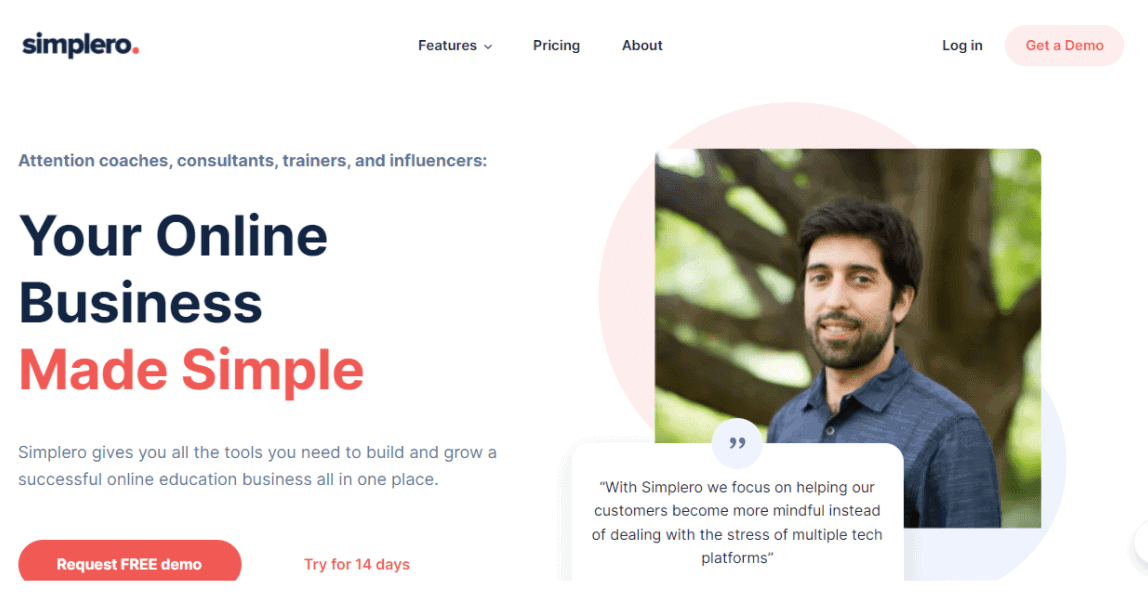
Messaging strategy is one of the keys to successfully marketing your brand. It impacts each text that is connected with your business and how you position yourself in the market.
To upgrade to a successful messaging strategy, businesses need to address the problem their customers are facing and how their product or service can help solve it.
Simplero, an all-in-one marketing software conducted extensive market research to determine their target audience and the problems they were facing.
Simplero did so by asking people why they chose their product, which brands they bought from earlier, what they liked or disliked, and their favorite thing about their product.
Conclusion
Data-driven marketing is an effective way for businesses to market their products and generate more revenue.
A successful data-driven marketing strategy can help organizations understand who their target audience is, what their interests are, and how their products can help address their problems.
With the help of the right marketing tool, your company can build better and more personalized relationships with your clients.
Learn from these top data-driven marketing examples and boost your sales in the long run.
If you want to know how EngageBay can help your marketing efforts, just sign up for free and we’ll get in touch!
